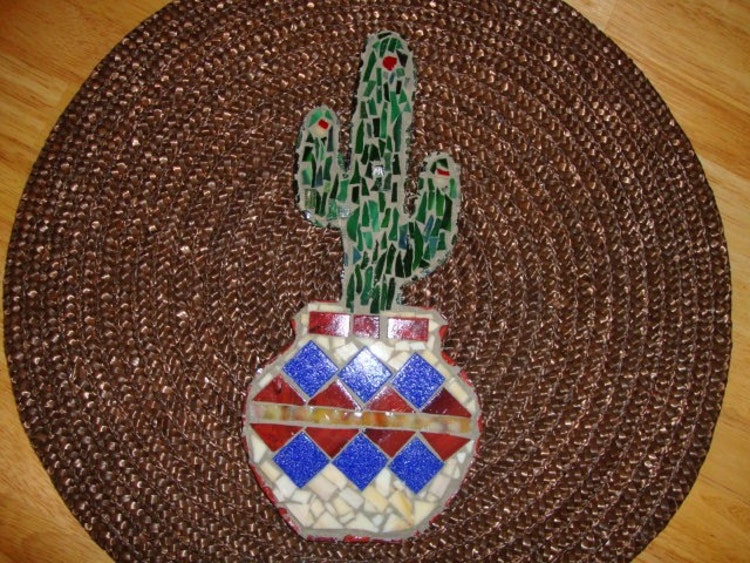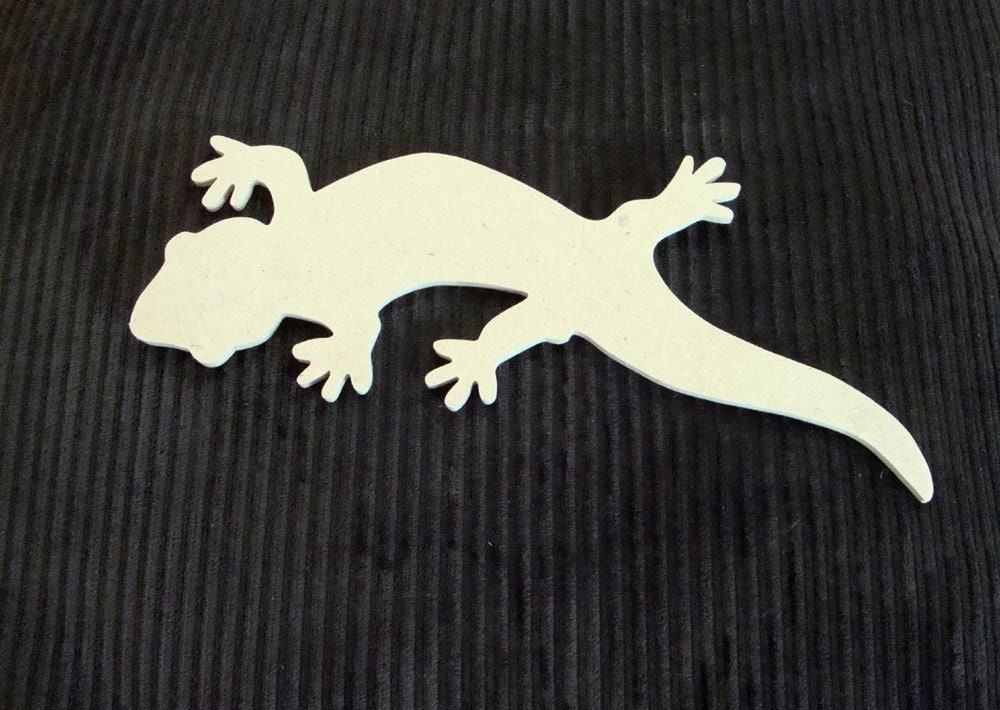

If you need a product urgently that is sold out or in a larger quantity than we currently have in stock, please contact us to find the best solution at are open Mon-Fri to the public from 10:00-16:00. Replacement time can vary widely from 2 days to 12 weeks depending on the country of origin and the factory capacity. We are able to create Purchase orders for US checks on Mosaic Trader USA orders only.ĭo you have everything in stock? At our warehouse in Aalsmeer, The Netherlands we carry a wide and deep stock but sometimes a product can be sold out. No More Cash! You can pay using the following methods online or in person: Bank Transfers, Debit and Credit cards, Paypal or other 3rd party payment systems including Xoom, Zelle, Wise, Revolut, Klaarna, Western Union and Moneygram. For local purchasing of our products check with Hobby Island, Mosaic Heaven and The Crafty Glass Box. NI may not be accurately calculated on the website and extra charges may apply. VAT and import duties will be collected in the UK by the UK Tax office on entry.

We will contact you to fill any extra space in your box.īrexit: Orders of less than 100 euros to the UK cannot be accepted due to the new regulations on VAT and import duties by the HMRC.
MOSAIC SHAPES BASE FULL
A full rate table is on our shipping page. The weight is at the bottom of the shopping cart. For Fedex bulk economy rates to North America the best value is 60-68kg.If you are a retail customer please go to Customers in the USA please go to With mosaics you can create beautiful art work that is durable and low maintenance.Mosaic Trader is wholesale only. They are used in kitchen glass tile mosaic backsplashes, craft projects, garden art, as fine art, sculpture, park benches and also in public art. Today mosaics are still a popular art form. Here it is adhered to the final site and the backing paper is removed from the face. This is done in the studio, and then the completed piece is transported to the installation site. Tesserae are applied face-down to a backing paper using an adhesive. In the 1800’s the Indirect Method of creating a mosaic was developed. They usually depicted scenes in Europe, were very detailed and contained several thousand tesserae per square inch. These were small pictures using very small pieces of tesserae. In the 1700”s micro mosaics became popular. They used turquoise, other stones and precious metals. Mosaics have also been found in several Latin America cultures. They were used on floors, walls and on furniture. Their mosaics were of incredible geometric patterns and shading. In South Arabia sites have been found with mosaic work dating back to the 3rd century. Mosaics have been uncovered dating back to the 5th & 6th centuries. They used geometric patterns, biblical scenes and other images. Jewish synagogues were decorated with classical floor mosaics. In the Middle East they are found in both the Jewish and Muslim cultures.

They are in North Africa, the Middle East and Latin America. The more common method, opus tessellatum, used larger tesserae and would be laid on site.

This form allowed for greater detail in the mosaic and resulted in a more “painterly” final product. The first, opus vermiculatum, used small tesserae, usually cubes of 4mm or less, and were produced in workshops, glued lightly to a temporary surface and then transported to the site and installed. During this time there were 2 basic methods of creating mosaics. They did some basic figural work but it wasn’t until the rise of Christianity that figural wall mosaics really became popular. The Romans continued with the same general design and subject matter of the Greeks. Smaller tesserae, more colors and more shades were also introduced during this period. Romans also used decorative mosaics for walls, fountains and more. This is a testament to the durability of the material and the art. There are many sites in Europe today that still have examples of mosaic floors from Roman times. Mosaic art continued to flourish in Roman times.


 0 kommentar(er)
0 kommentar(er)
